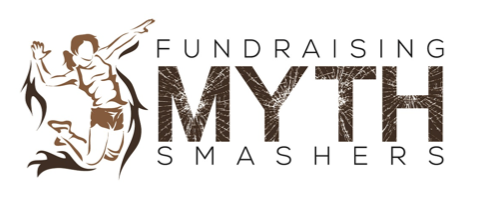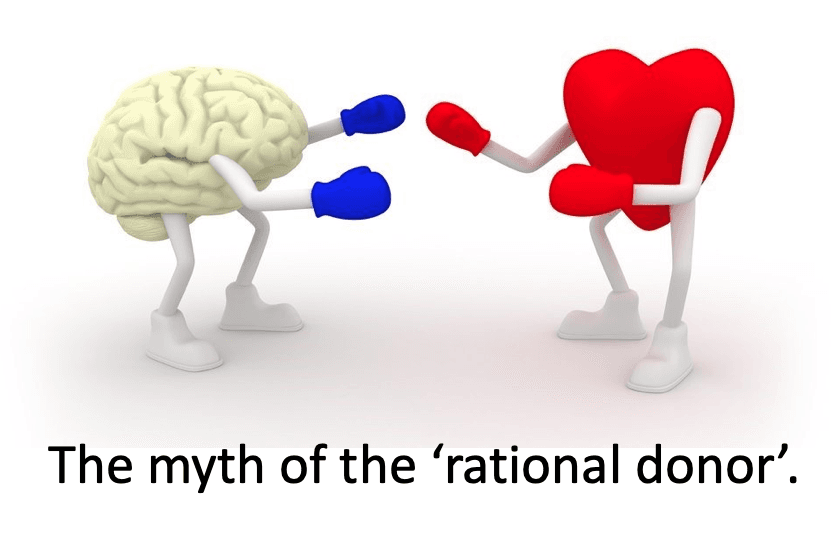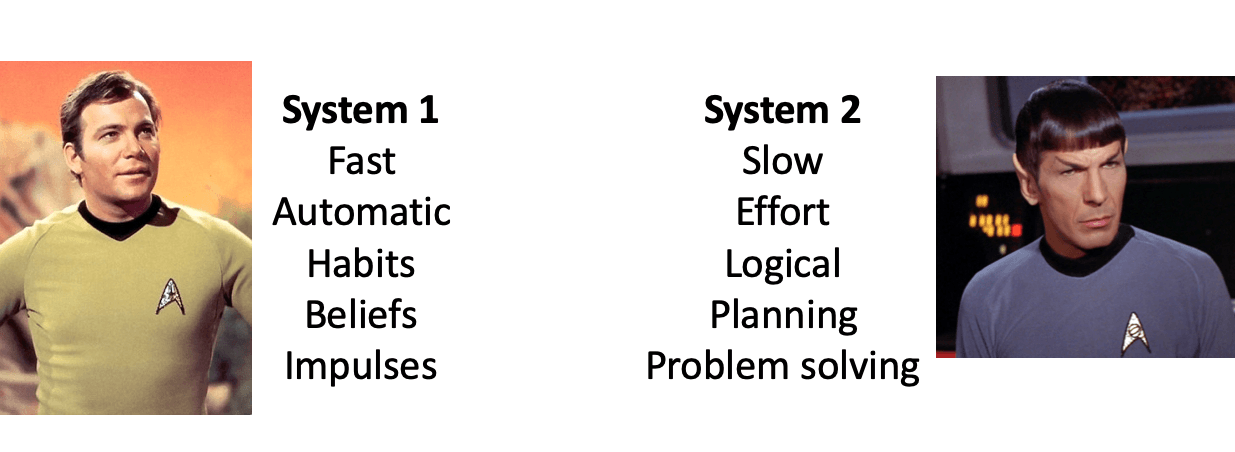From the Myth Smashers: The myth of the ‘rational donor’
Introducing the 2017 Myth Smashers winner: Alice Anwar, head of individual giving, CARE Australia and her thoughts on donors and rationality.
- Written by
- Alice Anwar
- Added
- July 18, 2019


SOFII presents Myth Smashers: Alice Anwar, 2017 winner, and the myth of the ‘rational donor’
Discover the aims and objectives of Myth Smashers here.
‘Thinking’ and ‘feeling’ are two very different things.
But which is more important when it comes to giving to make the world a better place?
Throughout my fundraising career, I’ve encountered many strong opinions on this subject. There are those who think men need more rational reasons to make a donation than women. Or that every direct mail pack we send needs to cover the spectrum of emotional and rationality to increase its overall appeal. There are even organisations who try to classify their donors into ‘rational’ or ‘emotional’ givers in an attempt to tailor their communications accordingly.
It’s a common myth in our sector that suggests our marvellous donors give because of what they think rather than what they feel.
But how can this be true? How – when we know so much about how emotion drives action - do we insist on putting up barriers in the clear path to giving by asking our donors to stop and process rational, unemotional content like statistics and data?

To use a beloved pop culture reference, this battle between appealing to donor’s heads vs their hearts sometimes boils down to the influence of people I like to call ‘Spocks’. We’ve all got a few ‘Spocks’ in our organisation don’t we? They are the ones who say things like ‘we should add some stats to this direct mail piece to drive home the scale of the problem’. Or ‘there really needs to be some more information in here about the measured program deliverables’ - and I don’t want to generalise, but usually they aren’t part of the fundraising team.
Juxtapose Spock’s rationality with the impulsive, intuitive approach of Captain Kirk, and you have a sci-fi representation of our industry’s internal battle with head over heart fundraising.
The most interesting thing about Spock (as any Star Trek fans out there will know) is how his desire to achieve a desired outcome through a keen focus on logic comes from a deep place of passion and care. Spock wants to do what is best for their mission – and to him that means considering all the facts first.The lesson? Even logical people are driven by their emotions.
Let me give you a real life example using a ‘Spock’ from my personal life. My husband.
Here are a few things you need to know about my husband.
- He is a Capricorn (ie stubborn, focussed).
- He is a data storage architect (ie he works in IT).
- He thinks crying is ‘stupid’.
One day I came home to find a magnet from a children’s disability charity saying ‘Thank you for your support’.
‘Honey – where did these come from?’ I asked.
‘Oh, someone stopped me when I was walking in the city today. She showed me a picture of a kid who couldn’t walk properly because he had a disability and I felt horrible. I remembered a boy in my class at school – I always felt so sorry that he could never play soccer or basketball with us. I hate thinking about kids missing out because they can’t walk or run or do anything like that.”
He didn’t really need to hear much more. He immediately signed up to give a monthly gift.
As a wife, I swooned a little. As a fundraiser, I thought ‘I just hope he doesn’t lapse in the next three months.’
But it showed how even my great big hulking, seemingly unemotional and IT-driven husband could indeed be led by his heart.
Giving isn’t all sadness and guilt.
As a fundraiser, I have often cringed at the insinuation that that my work involves ‘guilting’ people into giving by making them cry with sad stories. But I don’t know one single fundraiser who has ever built a fundraising strategy with the sole objective ‘make people cry.’ Or one that had ‘guilt 5000 people into giving a gift’ written into their KPIs.
Yes, we make people face some pretty horrible truths about the world. But we don’t want them just to feel bad. We want them to feel inspired enough to take action - and you need more than sadness and guilt to do that.
When we feel emotion our whole bodies light up.

The mere sight of Donald Trump might make our blood boil.

Seeing a group of people protesting in support of a common goal makes our heart swell with hope.

Watching refugees fleeing their ruined city brings tears to our eyes. A chain of hormonal events occur that we are reasonably powerless to prevent. We feel compelled to do ‘something’, to put that emotional energy to good use. Sadness and guilt don’t inspire that kind of action. But frustration, anger, passion, empathy, hope – they do.

Behavioural economics is taking our understanding around how these physical reactions effect our desire to give even further. It tells us that the best way to trigger our donor’s more ‘Captain Kirk’ system in our brain (instant, emotional, intuitive) is to tell them a story. But the fastest way to trigger their ‘Spock’ system (slower, logical, rational) is to offer up a fact or statistic.
Emotions lead to action. Facts just lead to thinking.
When I watch a video of an exhausted, overwhelmed mother called Dana breaking down after having fled Syria with her two small children - children who have never known childhood games, only bombs and terror – I feel a deep, powerful sense of empathy. I don’t need to know that 5 million Syrian people have fled violence. Or that another 6 million people are trapped in Syria, homeless and in danger. Because when I watch this woman crying and gazing at her son, I care about her and want to help her.

When I look at a photo of a severely malnourished two year old girl, I don’t care that supporting efforts into building a sustainable grass-roots model where community and government leaders work together to achieve food security outcomes for the region. I care that there is a tiny baby too weak to move because his mother doesn’t have any food for her to eat – and I want to help feed her.

When I look at a girl, younger than my own niece, dressed in the traditional bridal clothes, I don’t need to know that the best way to prevent her from being married off to a man twice her age is to address the complex cultural, social and financial factors that mean over 14 million girls under the age of 15 around the world every year are child brides. Because immediately after seeing looking at her photo my heart breaks, my maternal instinct takes over and I want – no, I need to do something about it.
Can the head and the heart ever be friends?
Some people may argue that, as fundraisers, we always need data to back up our tactics, and there are studies upon studies to show the importance of emotions in charitable giving. But as fundraisers, aren’t we people too? People who are driven by our emotions?
When there is no data to tell us what to do, we let our emotions and our intuition guide the way – and this sometimes results in some passionate debate and discussion with the ‘Spocks’ in our organisation.
But of course, over time, Spock’s friendship with Kirk leads Spock to a place where is able to put logic to the side…..and let his heart win over his head. Because in the words of the great Captain James T Kirk - “Sometimes a feeling is all we humans have to go on.”





















